What is a High-performance 4G 5G NBIoT Internal FPCB Antenna?
The High-performance 4G 5G NBIoT Internal FPCB Antenna CTRF-ANTENNA-FPC-60600-6626-IPEX antenna is an NB-IoT 4G LTE 5G NR antenna designed flexible PCB antenna manufactured by C&T RF Antennas Inc for Cellular IoT & M2M applications.
The High-performance 4G 5G NBIoT Internal FPCB Antenna has a high-gain 6/8dBi NB LTE NR antenna, a 66x26mm flexible printed circuit board size internal antenna with an Ipex/u.FL connector antenna for IoT & M2M industries.
The High-performance 4G 5G NBIoT Internal FPCB Antenna is supplied by C&T RF Antennas Inc, the IoT & M2M antenna internal & external manufacturer in China.
C&T RF Antennas Inc provides antenna types with Through-hole Mount Antennas, Magnetic Mount Antennas, Rubber Duck Antennas, Fiberglass Antennas, PCB Antennas, FPC Antennas, Spring Coil Antennas, Sector Antennas, Yagi antennas, etc.
C&T RF Antennas Inc provides the internal-external wireless antenna with many radio frequency bands such as Cellular, 6G, 5G, 4G, 3G, NB-IoT, GNSS, GPS, Dual-band Wifi, 5.8 GHz, 2.4 GHz, 169MHz, 230MHz, 315MHz, 433MHz, 868MHz, 915MHz LoRa, UWB, RFID, ADS-B, etc.
C&T RF Antennas Inc provides single-band, dual-band, and multi-band antennas such as 3in1 combination antennas 4G/GPS/Wifi antennas, 2in1 4G/GPS antennas, GSM/GPS antennas, 4G/Wifi antennas, GPS/Wifi antennas, etc. for Wi-Fi And Bluetooth, GPS And GNSS, LoRa And ISM, IoT, And M2M applications.
Contact the C&T RF sales team for more details on the High-performance 4G 5G NBIoT Internal FPCB Antennas such as the 4G 5G NB-IoT Antenna datasheet, 4G 5G NB-IoT Antenna pricing, 4G 5G NB-IoT Antenna inventory, or the other types of 4G 5G NB-IoT antennas.
High-performance 4G 5G NBIoT Internal FPCB Antenna Specifications
High-performance 4G 5G NBIoT Internal FPCB Antenna Electrical Specifications | |
| RF Antenna Type | Embedded Flexible PCB Antenna |
| Model | CTRF-ANTENNA-FPC-60600-6626-IPEX |
| Frequency Range | 600-6000 MHz |
| Gain | 6/8dBi |
| Radiation Pattern | Omnidirectional |
| VSWR | ≤2.0 |
| Impedance | 50 Ω |
| Polarization | Vertical Polarization |
| Cable Type | RG1.13 |
| Cable Length | 100mm |
| Connector | U.FL/IPEX |
| Lightning Protection | DC-Ground |
High-performance 4G 5G NBIoT Internal FPCB Antenna Mechanical Specifications | |
| Dimension | 66*26mm |
| Weight | Approx. 5g |
| Material | Flexible PCB/FPC |
| Operation Temperature | -40˚C ~ +85˚C |
| Storage Temperature | -40˚C ~ +80˚C |
| Colour | Black |
| Antenna Design | Dipole Array |
| Connector Pull Test | >= 1 Kg |
| Safety Emission and other | RoHS Compliant |
| Applications | ISM/SCADA/Utilities, M2M/IoT/NB-IoT/LoRa, LTE-M/Cat-M, 2G/3G/4G/LTE/UMTS/GSM, 5G NR/6G |
NB-IoT belongs to the Internet of Things, the technology is classified as 5G new radio, and the biggest application in 5G NR is the Internet of Things.
Why NB-IoT can be the standard of 5G mMTC?
For the future development of NB-IoT, 3GPP has pointed out that NB-IoT will continue to serve 5G LPWA use cases (i.e. mMTC, massive machine communication) and become an integral part of 5G technical specifications.
NB-IoT belongs to 5G in terms of protocol standards, and the deployment of this piece can be called 5G NB-IoT; moreover, investing in NB-IoT is investing in 5G.
The application scenarios for 5G technology are all-encompassing and can be divided into the following categories according to different technical characteristics.
eMBB (enhanced mobile broadband): peak rate of 10 Gbps, suitable for ultra-high definition video, cloud interaction, VR, etc.
uRLLC (ultra-low latency and high-reliability communication): 1ms null-port latency, suitable for industrial manufacturing, smart grid, and assisted/autonomous driving.
mMTC (massive machine communication): connection density 1M Devices/km2, suitable for the digital sky, smart home/building, smart city, etc., which is more for IoT application scenarios.
Why can NB-IoT be the standard for 5G mMTC?
The initial ITU requirement for mMTC is to achieve 1 million connections per square kilometer, while NB-IoT is actually a streamlined version of LTE, and its capacity may only be able to achieve terminal connections of roughly thousands of levels per square kilometer.
If we look at the requirements, NB-IoT actually cannot meet the ITU’s requirements for the future, but in practice, we find that the development of IoT may not require hundreds of thousands or even millions of connections per square kilometer as we expected, so the ITU may realize that we should be rational and do the evolution of mMTC from NB-IoT or from eMTC.
In this way, the number of connections is now a few thousand, and then tens of thousands or hundreds of thousands, which is slowly acceptable, and there is no need to make a very large investment now, just like transforming the 5G airports to transform the existing network.
Similarly, it seems that our demand for eMBB is much stronger than the demand for mMTC. So this is another aspect that is driving NB-IoT to be a standard for 5G.
NB-IoT belongs to 5G, it can be deployed on 5G, it can be deployed on 4G, and it can be deployed on 2G. nb-IoT is a new technology, so the original NB-IoT base stations do not have any risk of retiring from the network.
NB-IoT belongs to IoT, and after the technology is classified to 5G, the biggest application inside 5G is IoT. Furthermore, the biggest source of 5G customers is vertical industry customers, and Huawei’s NB-IoT is tantamount to clearing the way for 5G expansion in vertical industries.
In addition, the industry expansion in front of NB-IoT will pave the way for 5G’s subsequent expansion in vertical industries.
Embedded Antena 4G 5G NB-IoT Flexible PCB Antenna Features
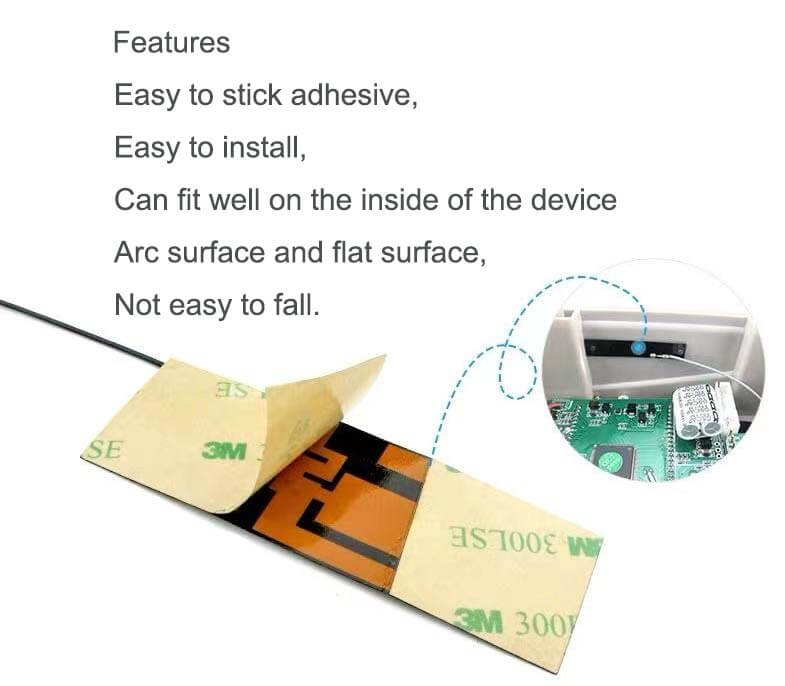
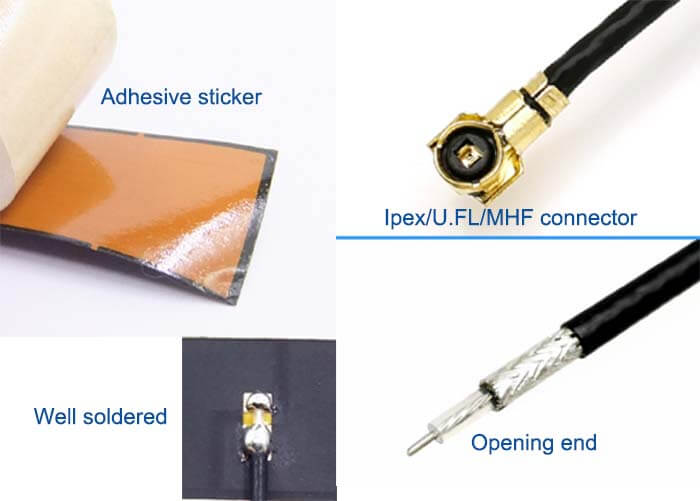
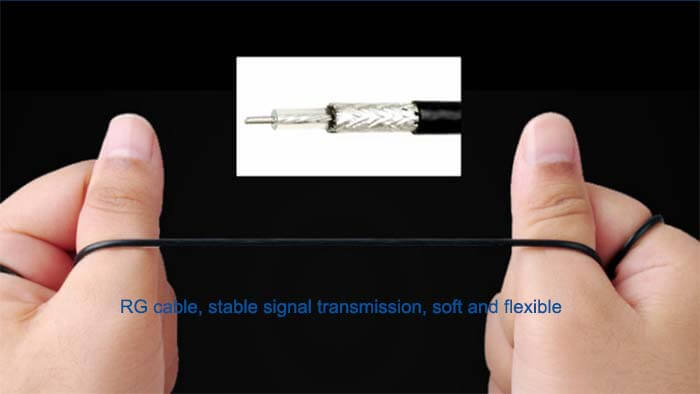
High-performance RF Antenna Applications


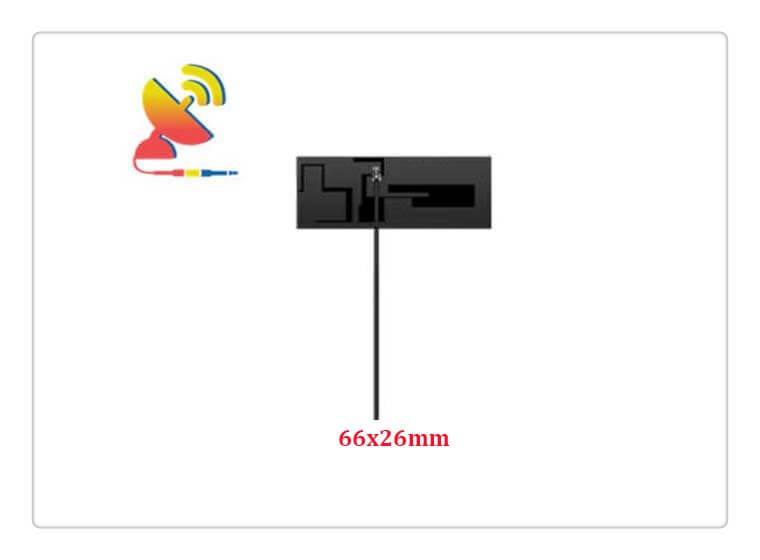
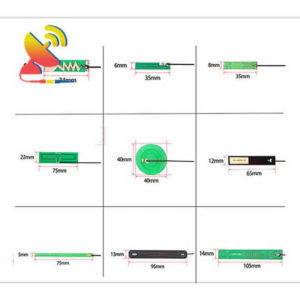
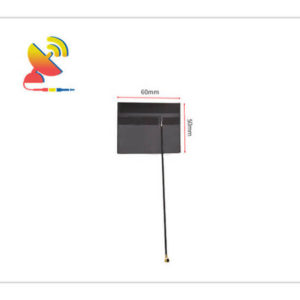
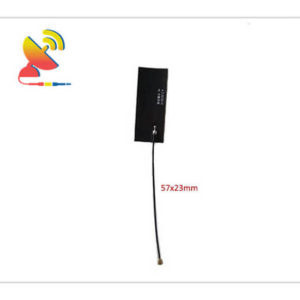
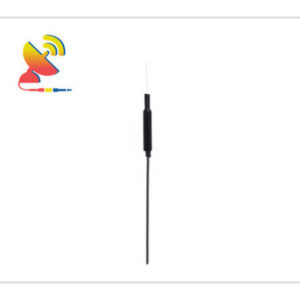
Reviews
There are no reviews yet.